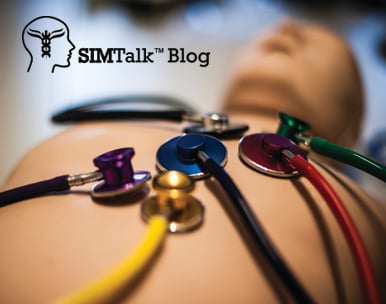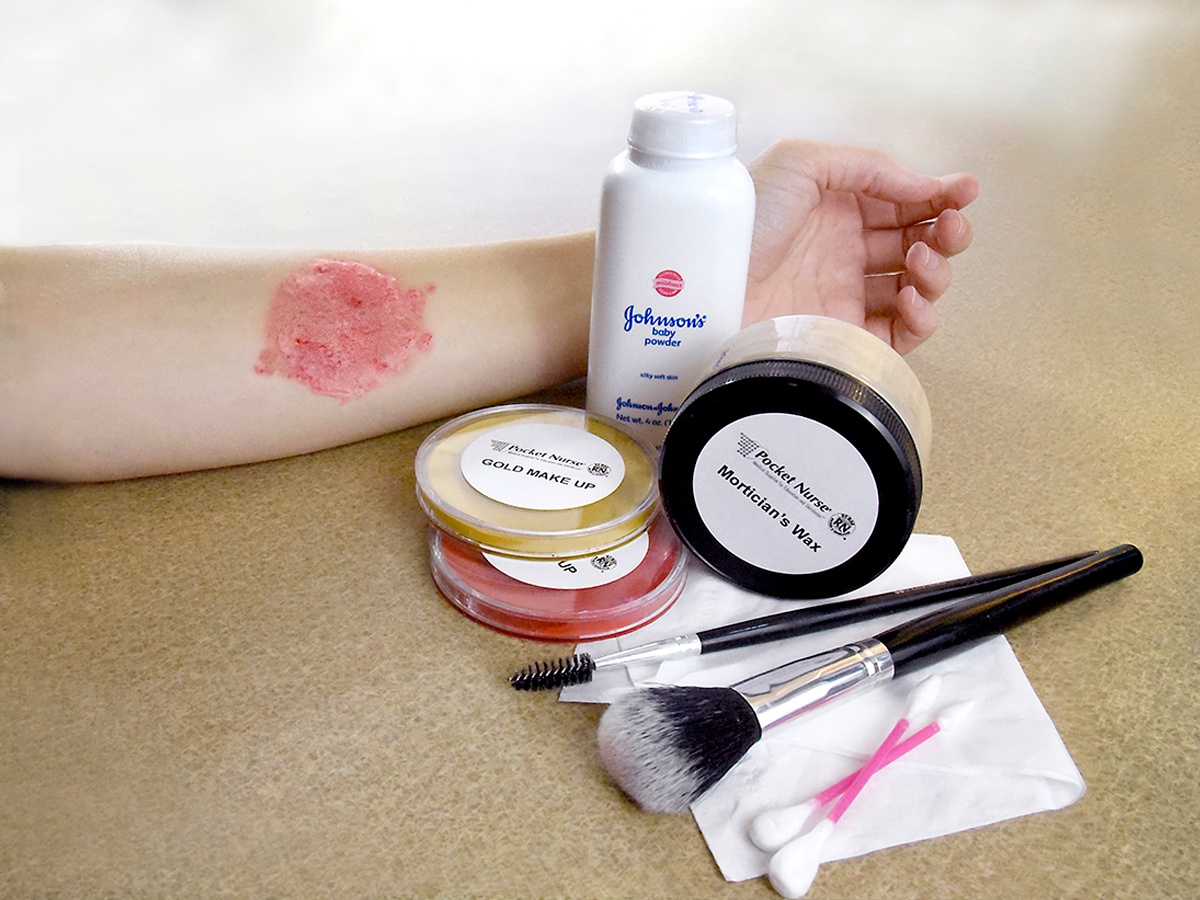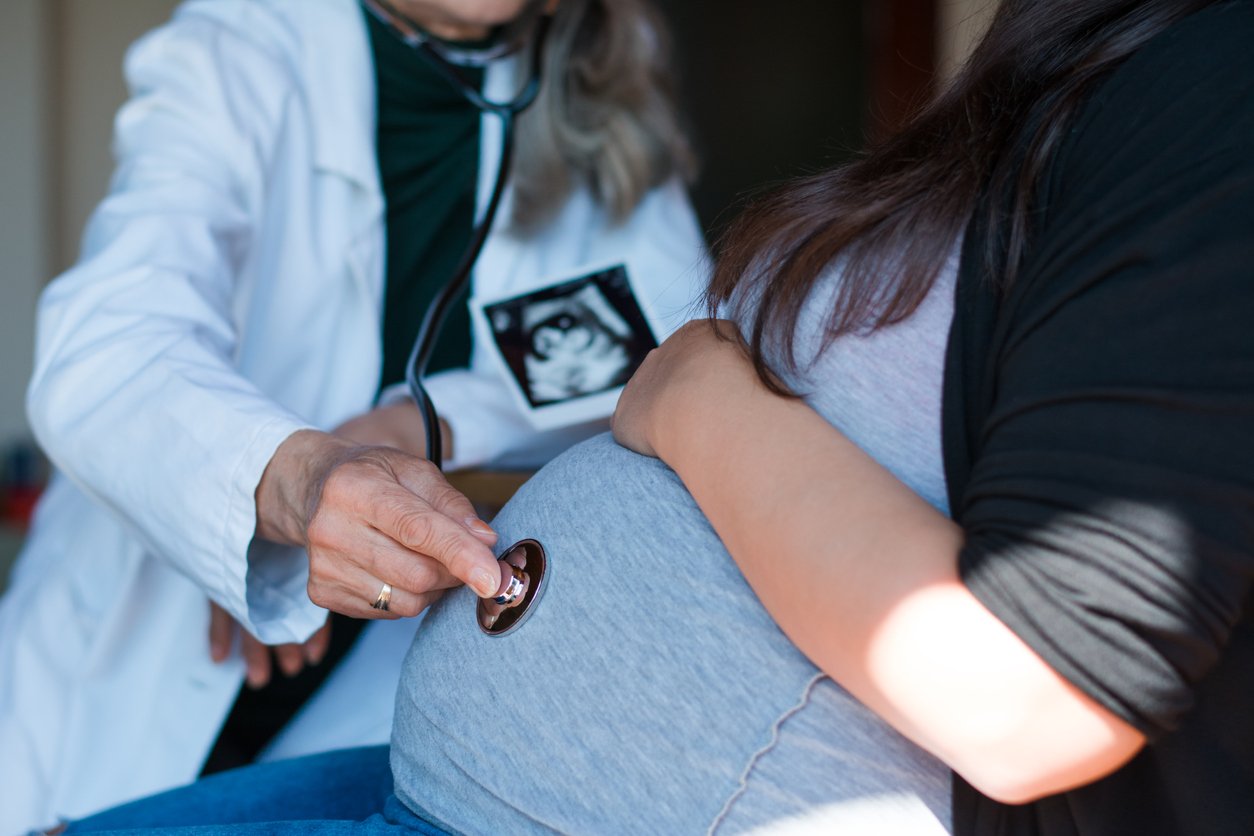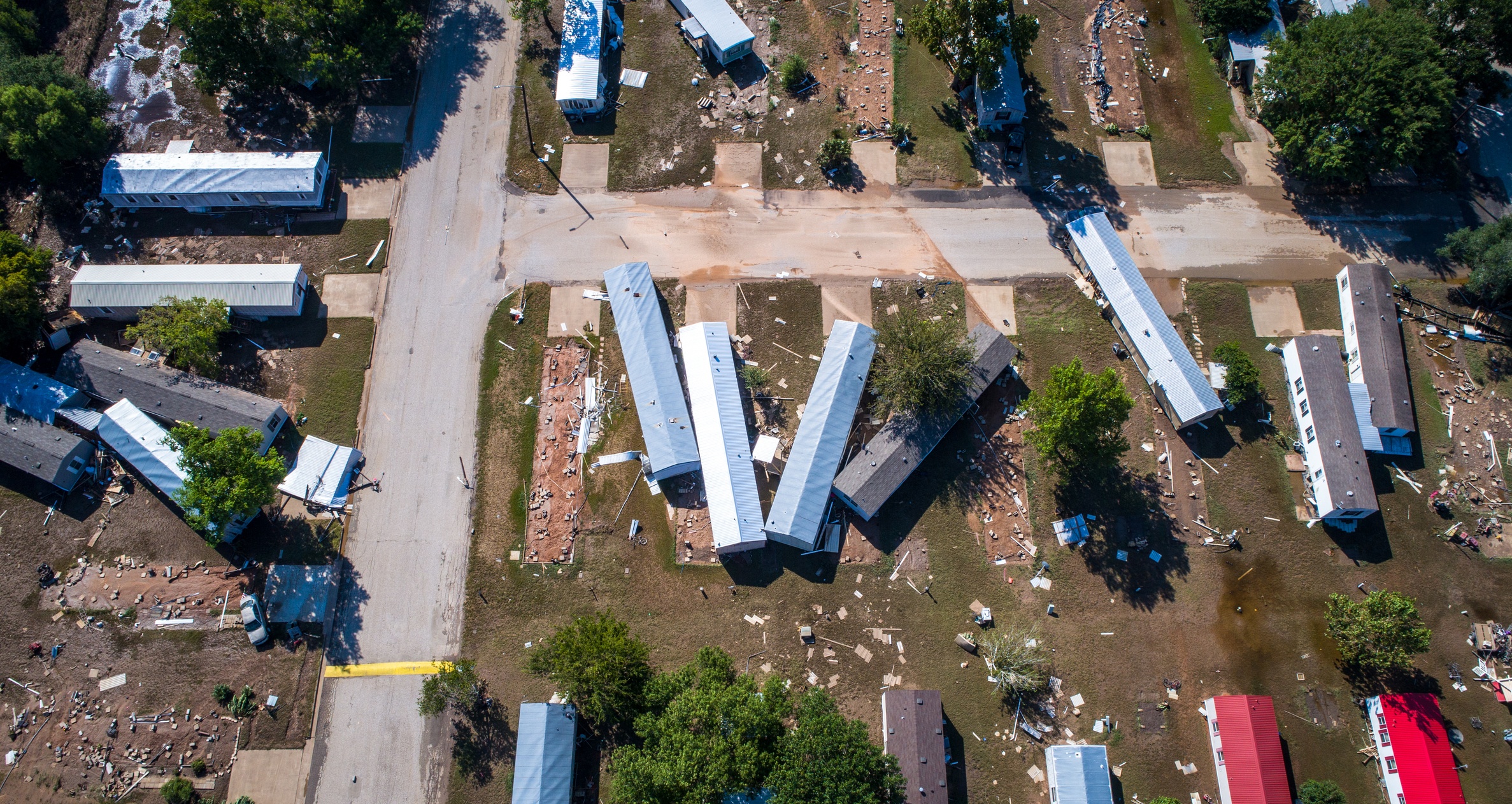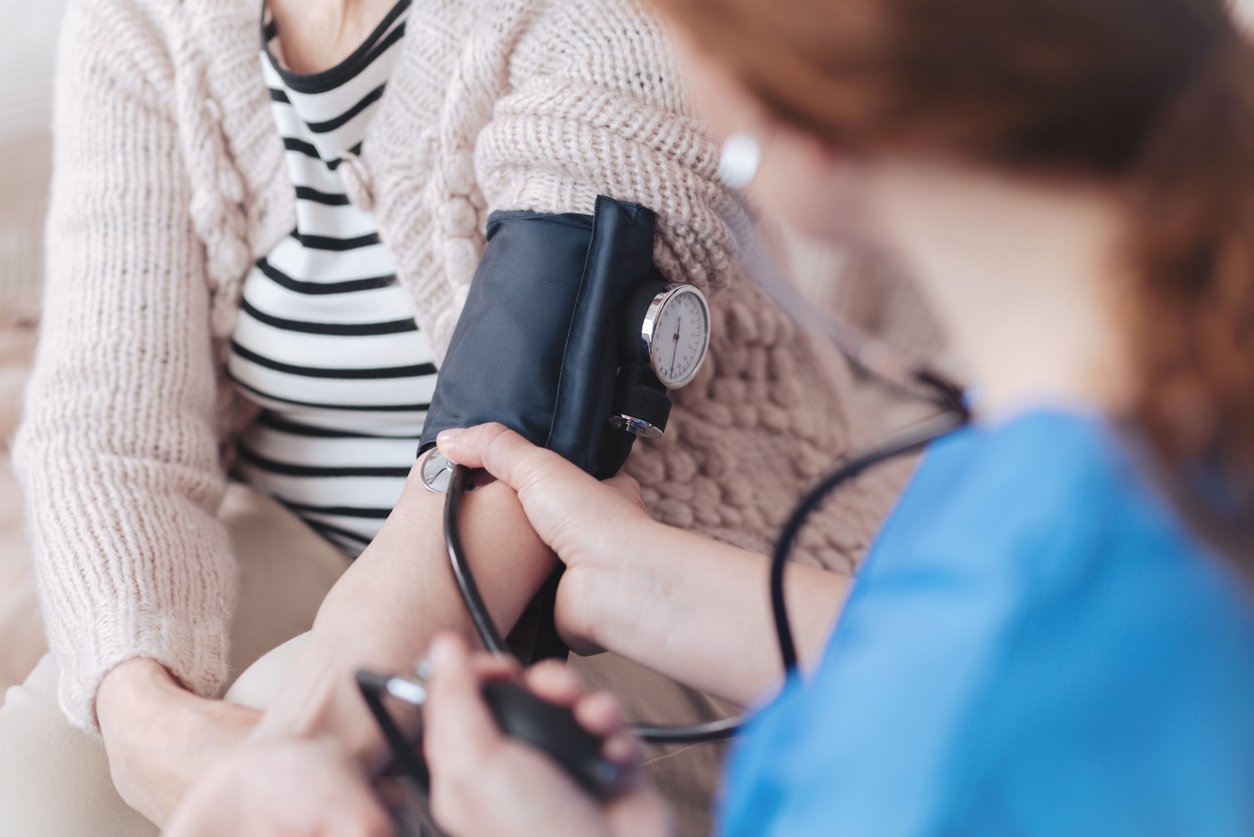
About 1 in 8 American women (approximately 12 percent) will develop invasive breast cancer. (The rates for men are 1 in 1,000, or less than 1 percent.) Breast cancer is usually discovered in one of two ways, either by clinical breast examination (CBE) or breast self-examination (BSE). It is important to teach both of these methods in the classroom.
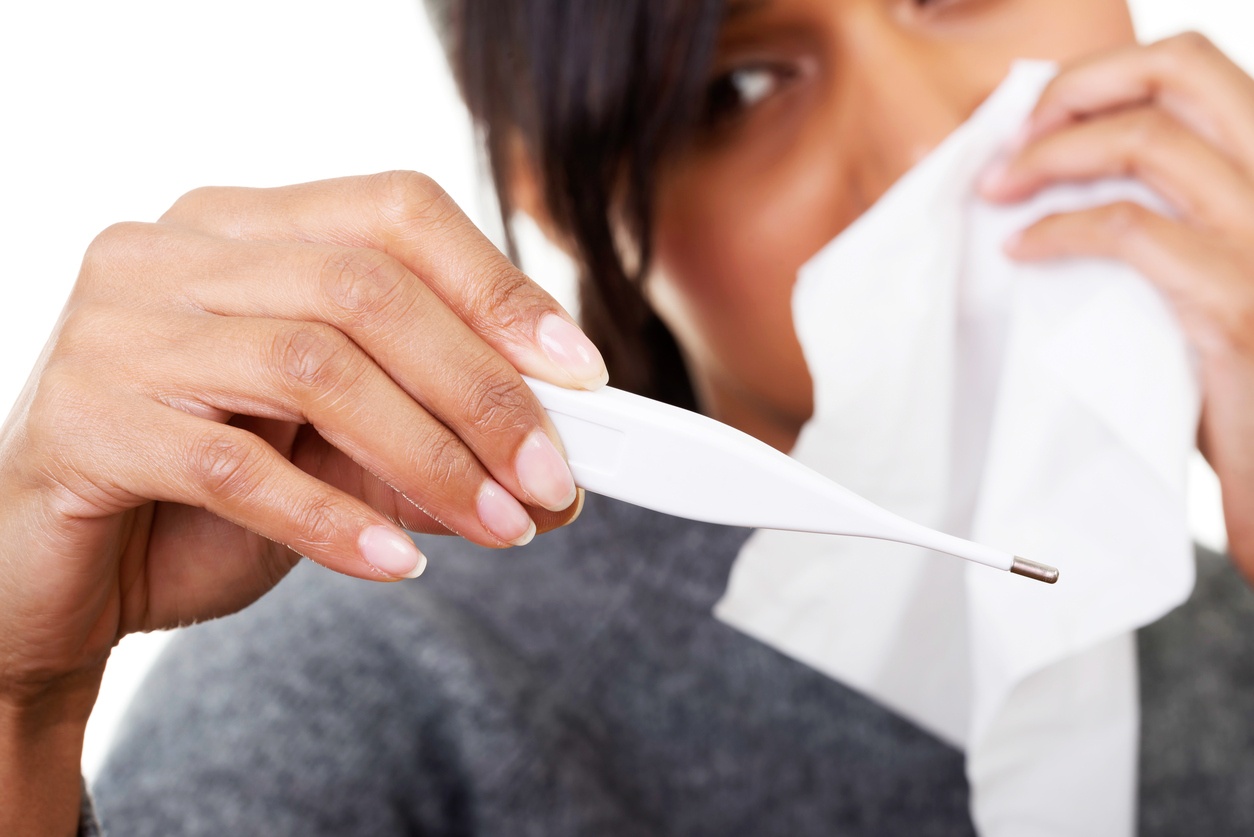
Many common myths and misconceptions surround the common cold and the flu (influenza). Knowing the facts will help you, your students, and your patients feel better this cold and flu season.

Interview with Suzie Kardong-Edgren, director of the RISE Center at Robert Morris University
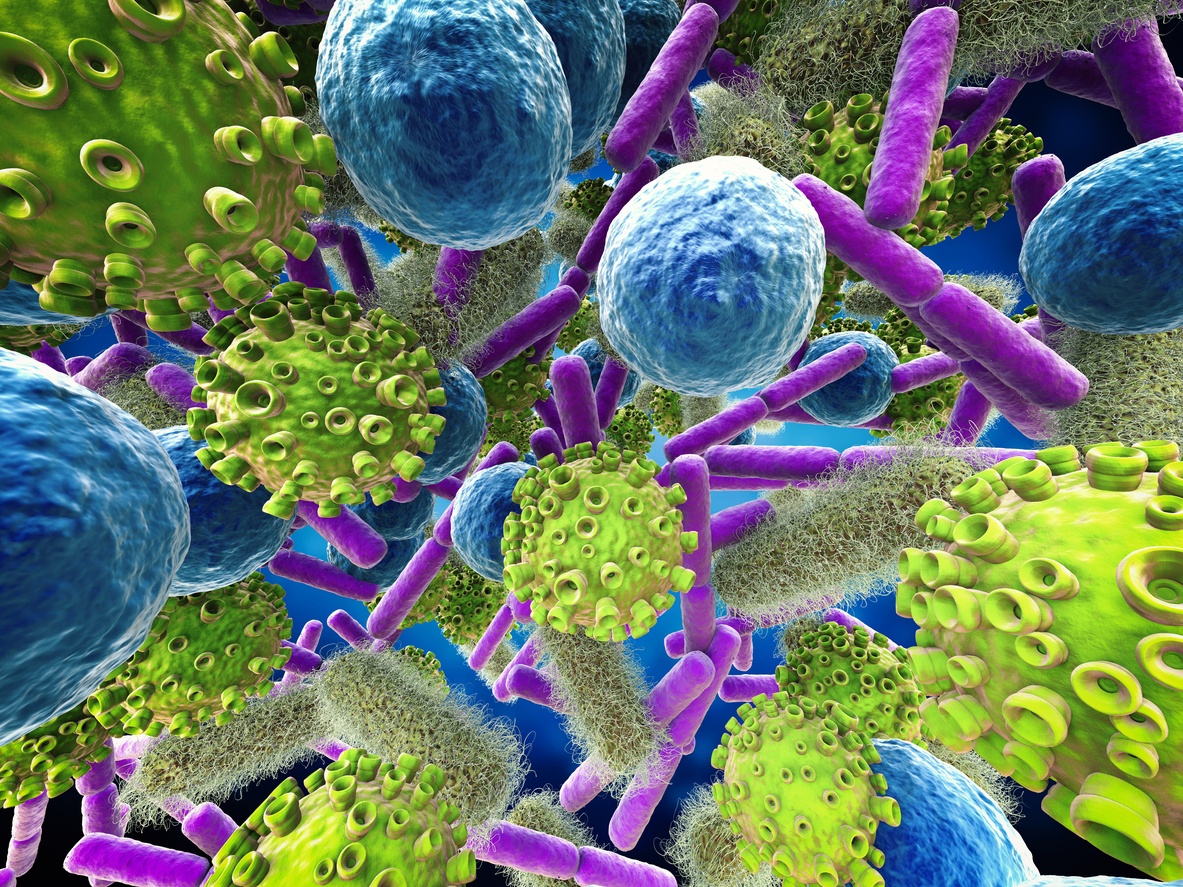
Sepsis is the body’s overwhelming response to infection. It is life-threatening, and can lead to tissue damage, organ failure, and death. However, sepsis is preventable and treatable in most cases using existing protocols. Arm yourself and your students with what you need to know to deal with this condition.
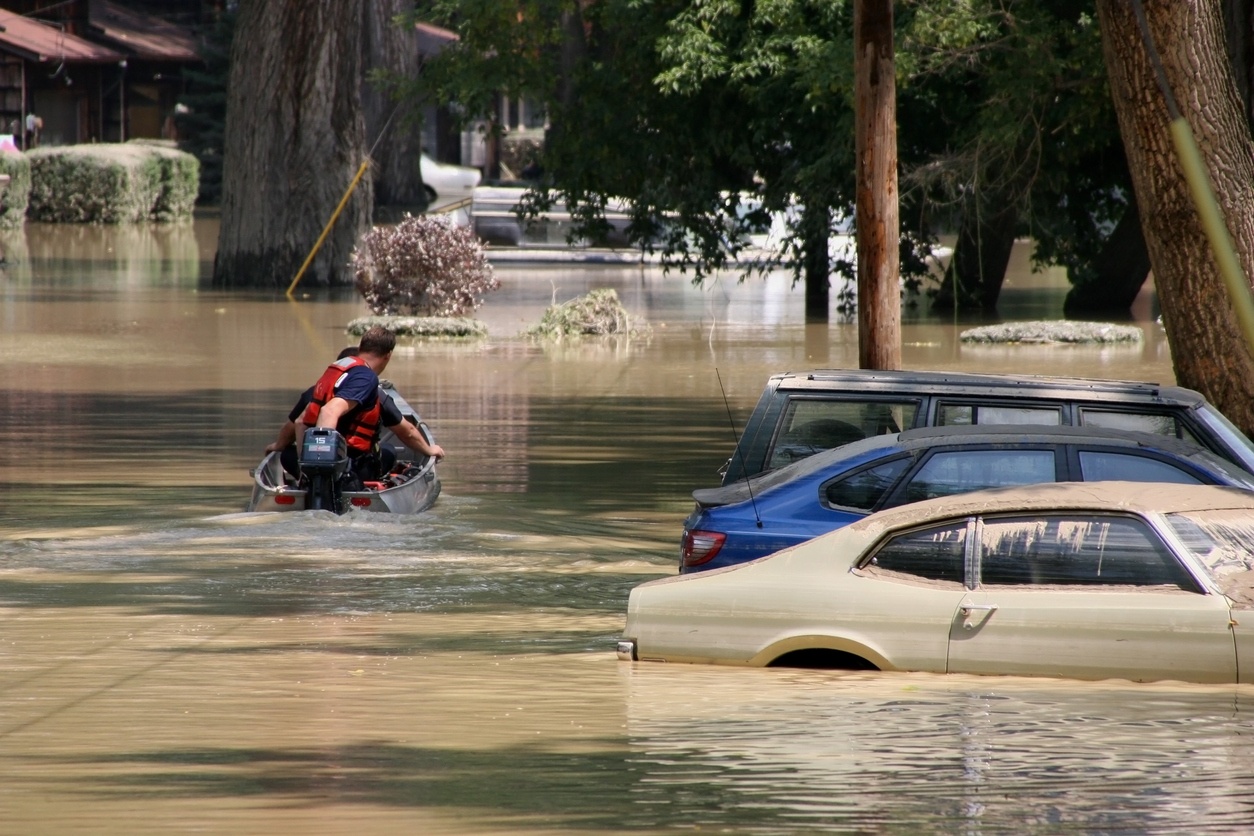
In times of natural disasters, of course healthcare responders, from volunteers, EMS, and nurses, are going to be on call. Are you preparing your students for healthcare challenges that come with flooding, hurricanes, earthquakes, and other disasters?





